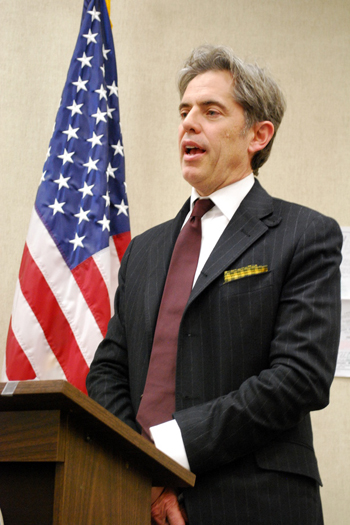Southampton Town analyst says proposed wind turbine would harm environment

 2 Photos
2 Photos
????????????????????????????????????
????????????????????????????????????

on Jan 2, 2010
A Shinnecock Hills couple pushing to build a controversial wind turbine on their waterfront property were sent back to the drawing board last week when Southampton Town deemed that their...
